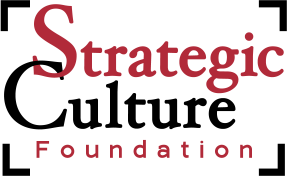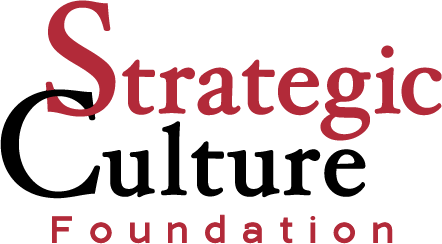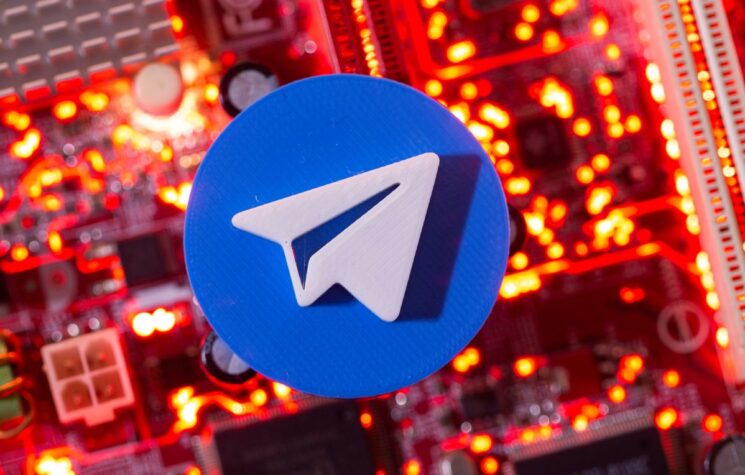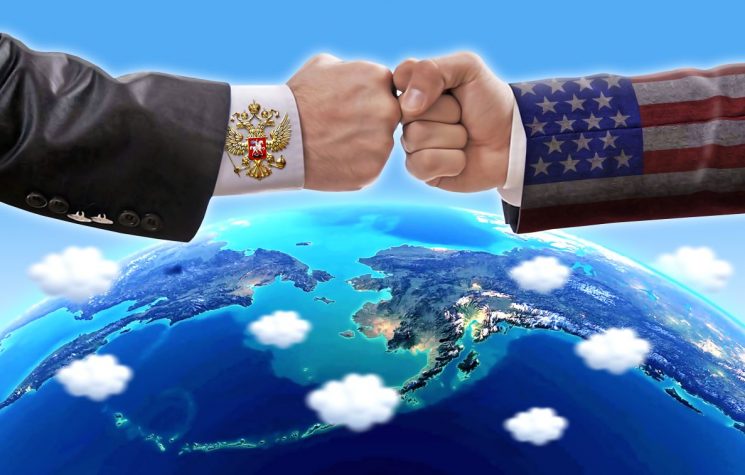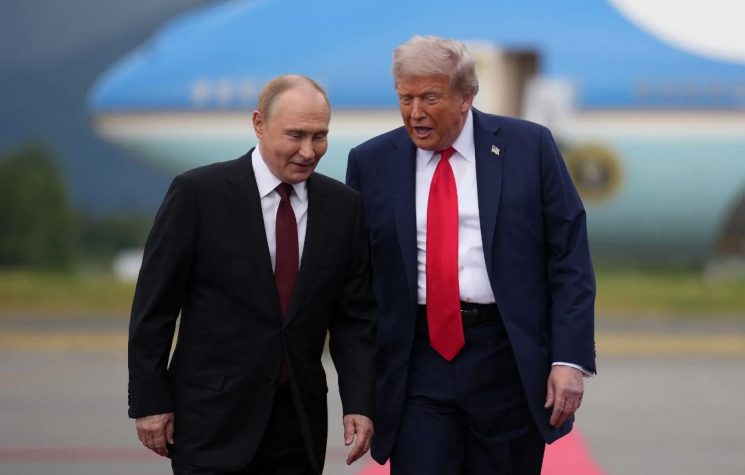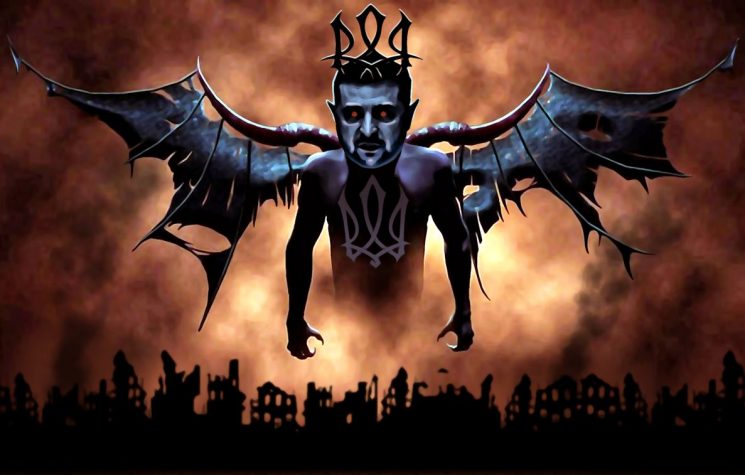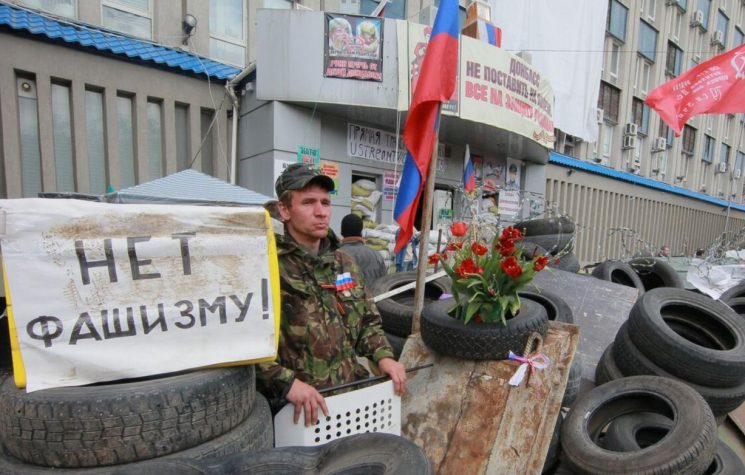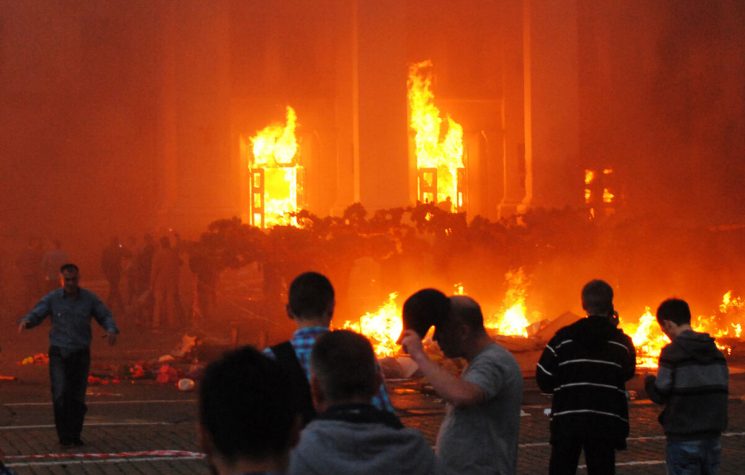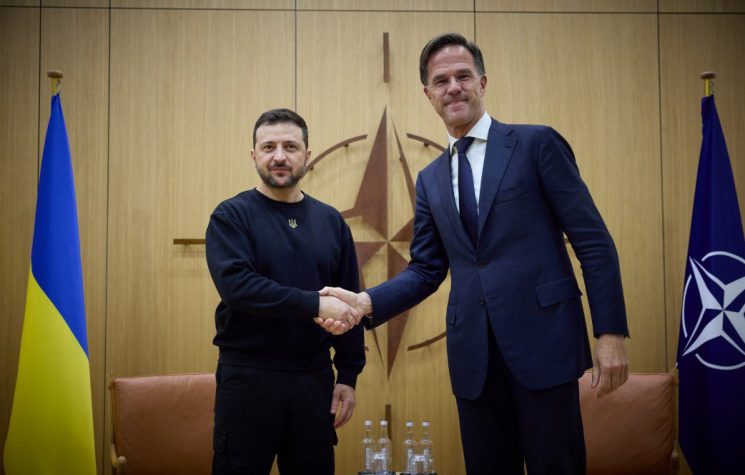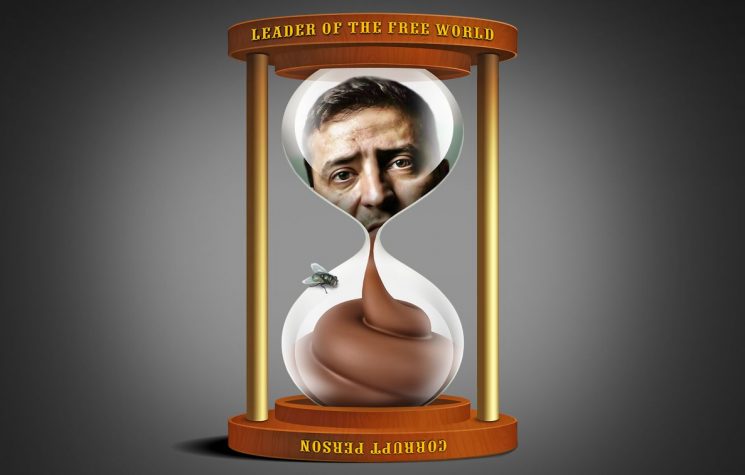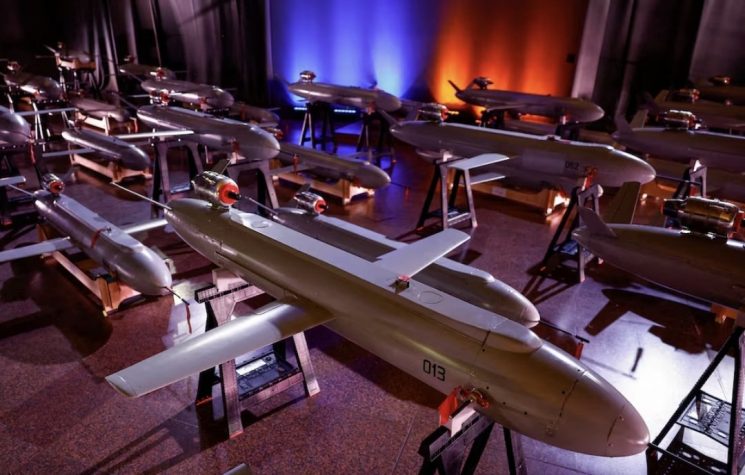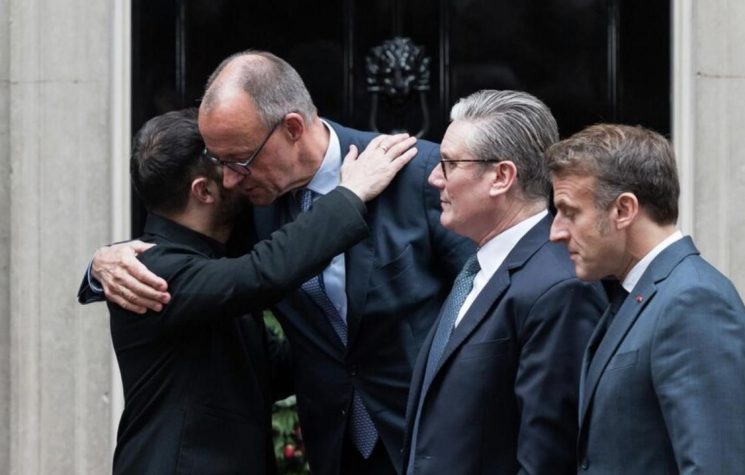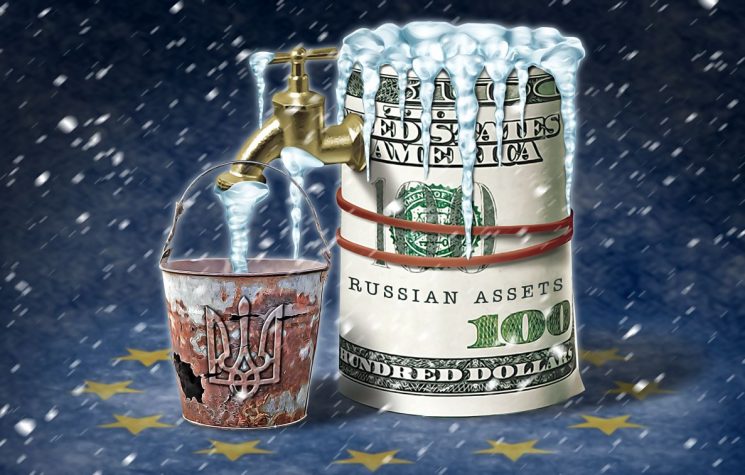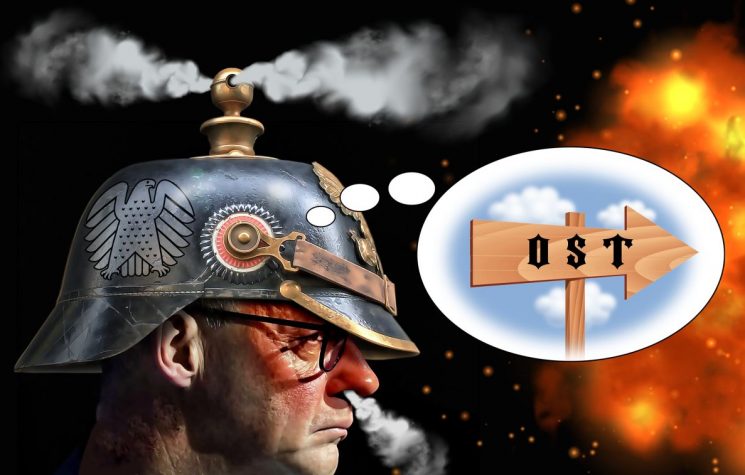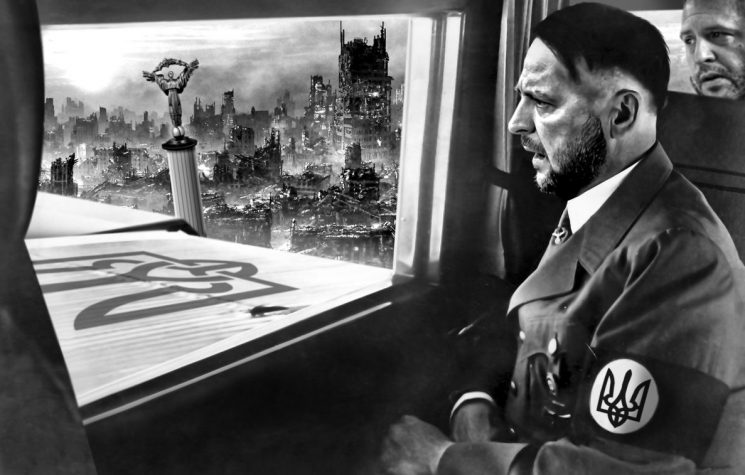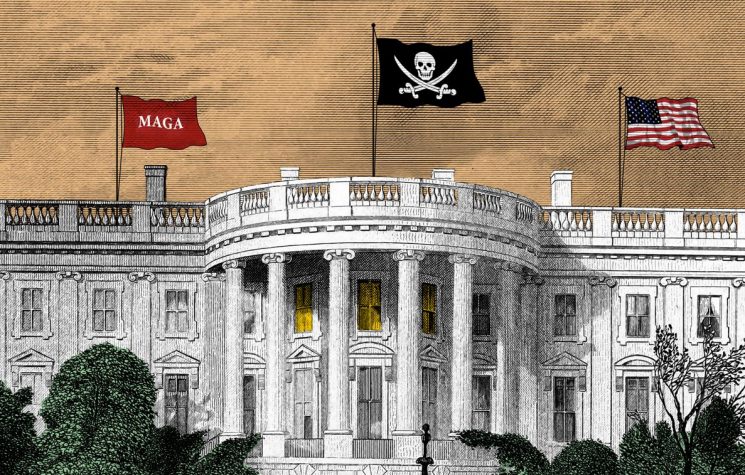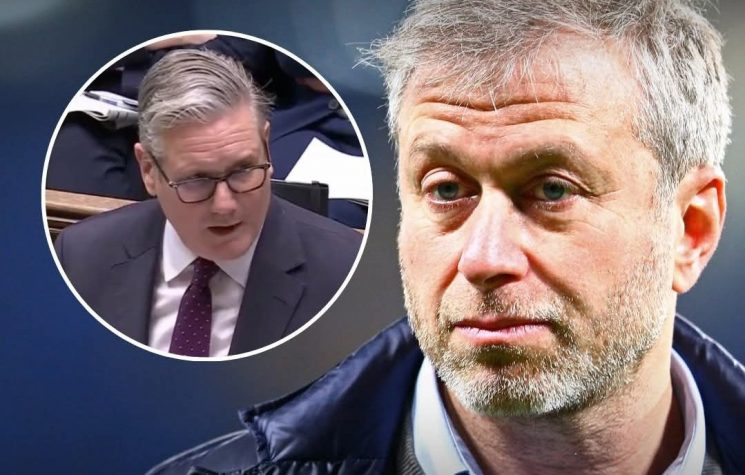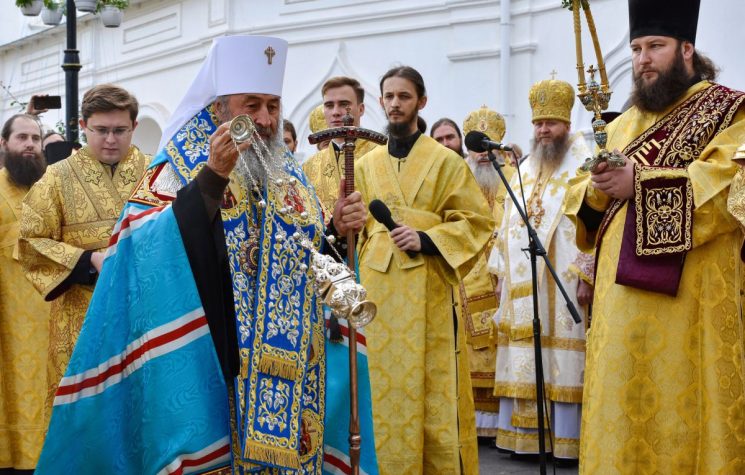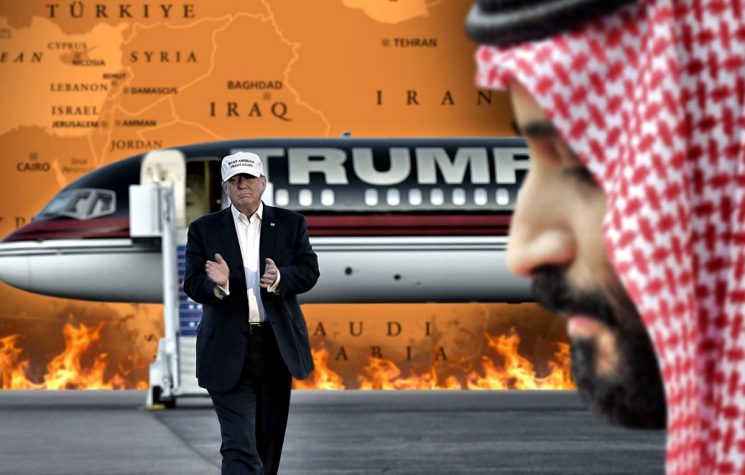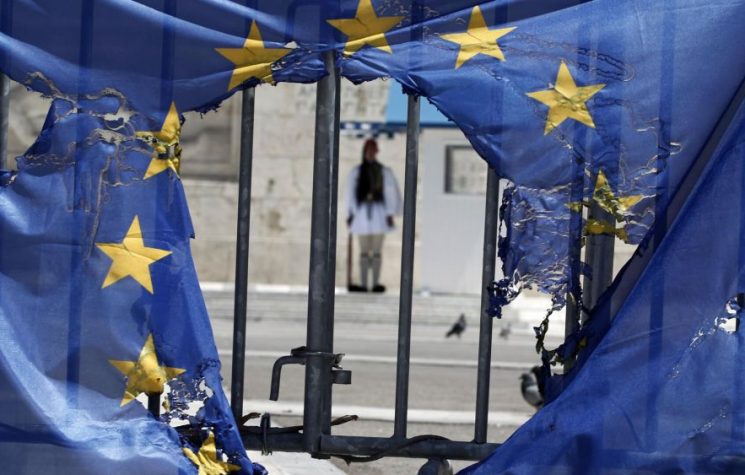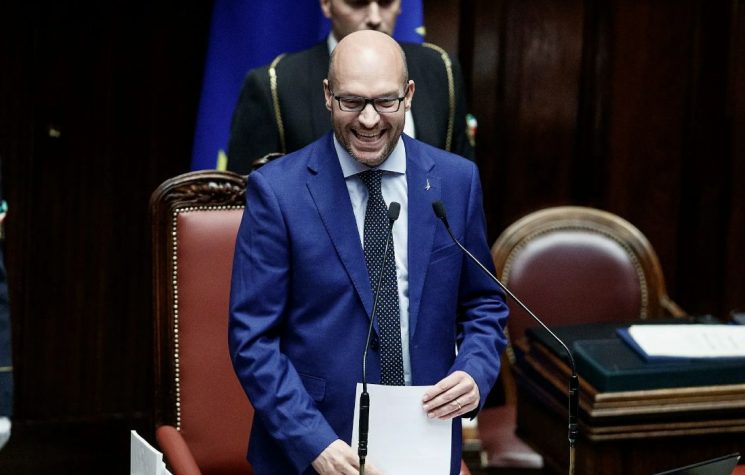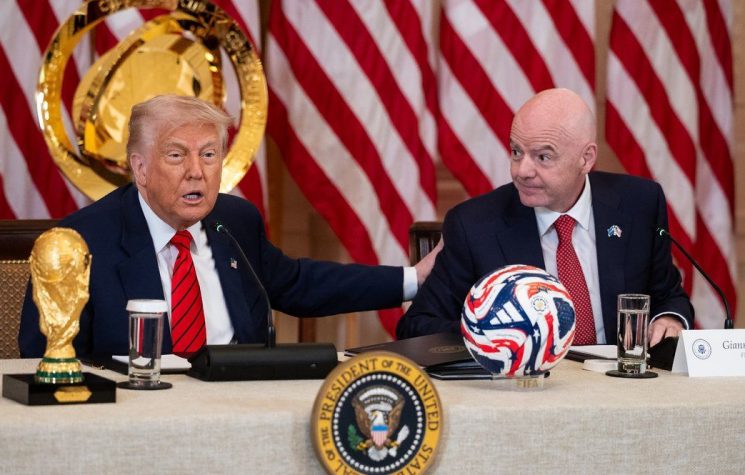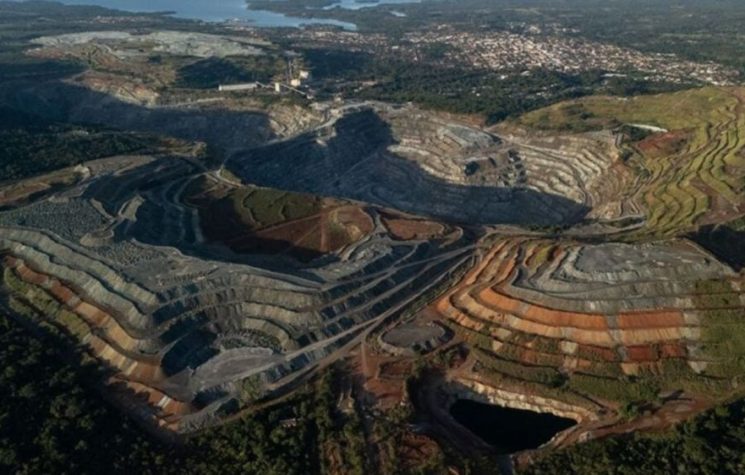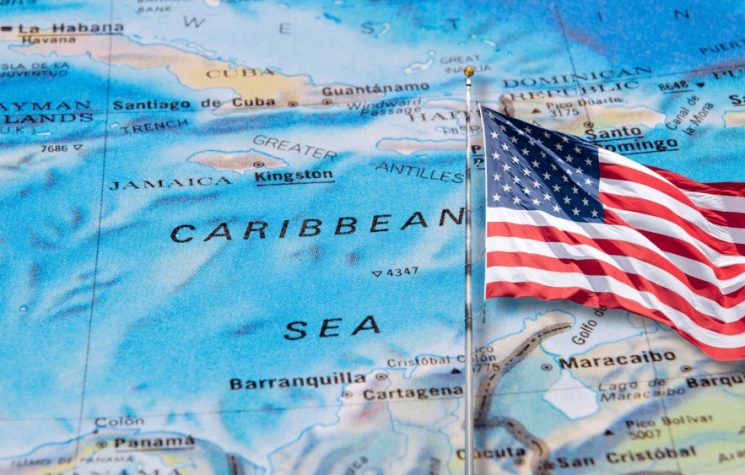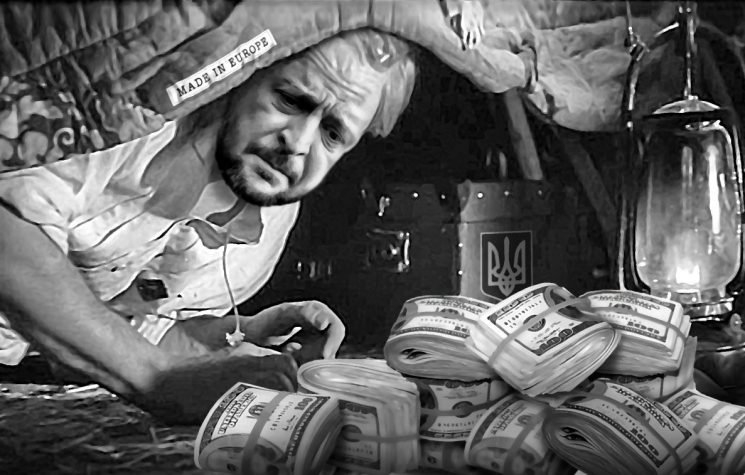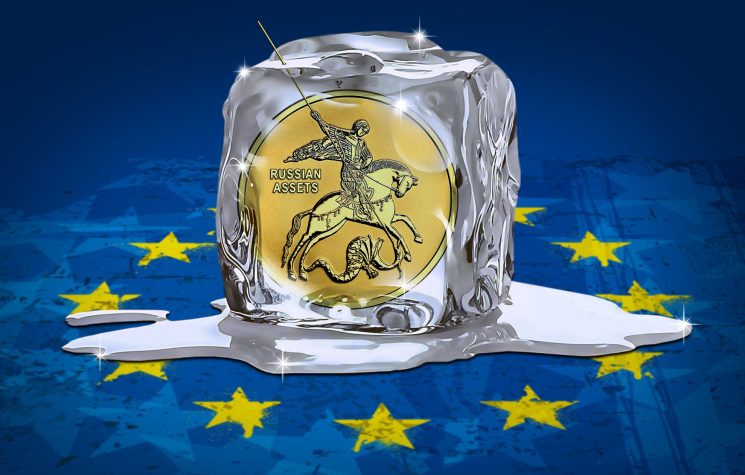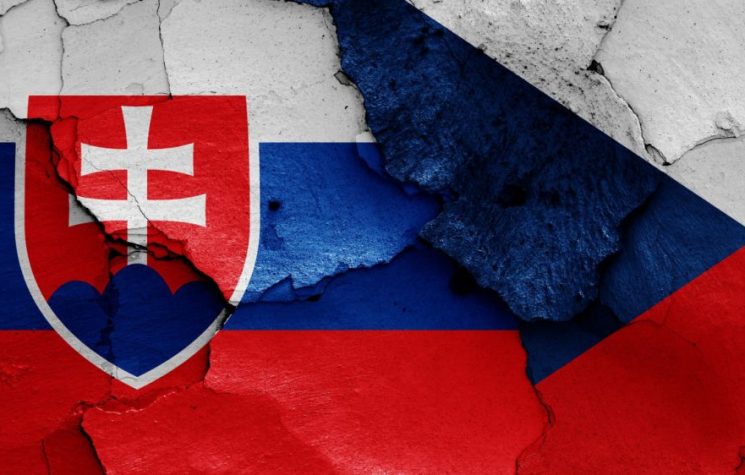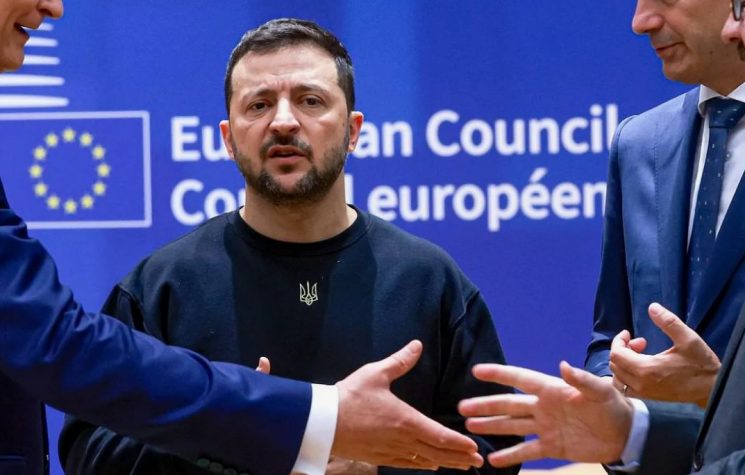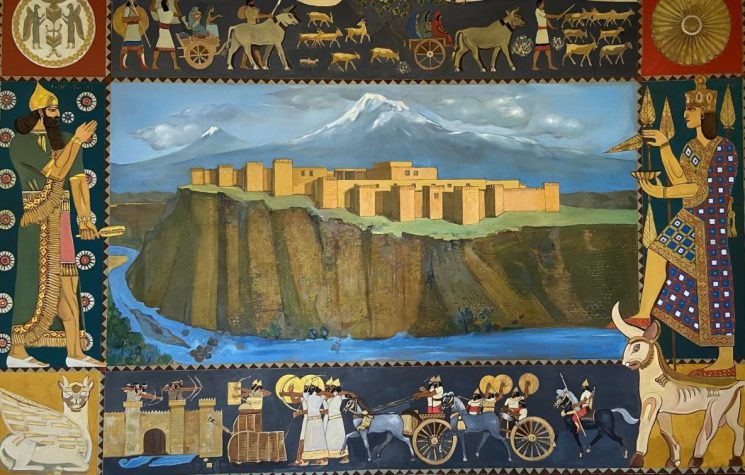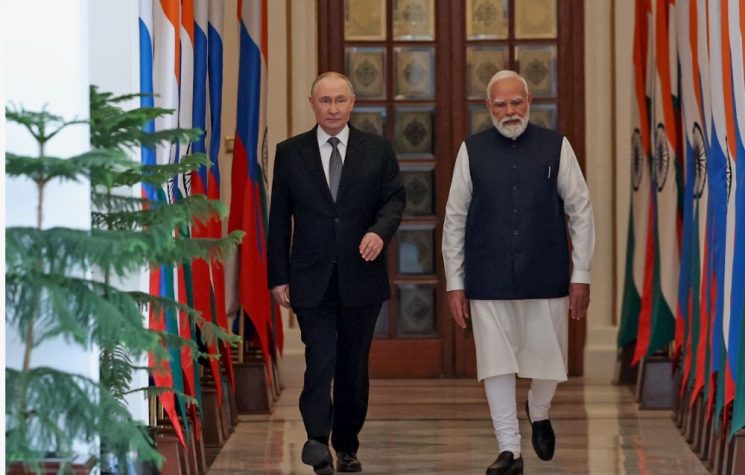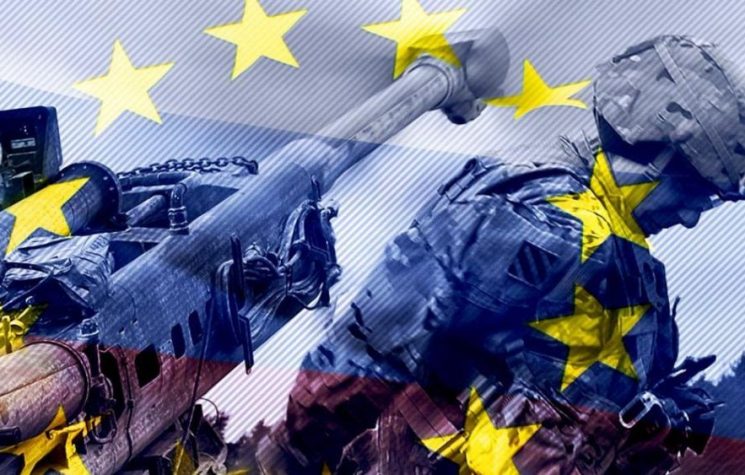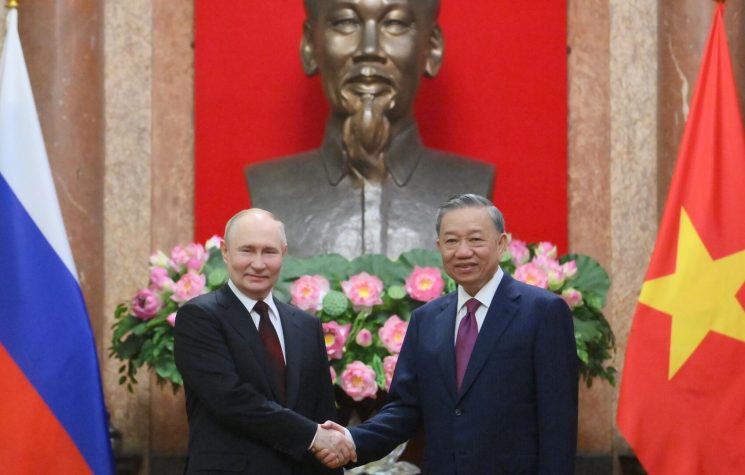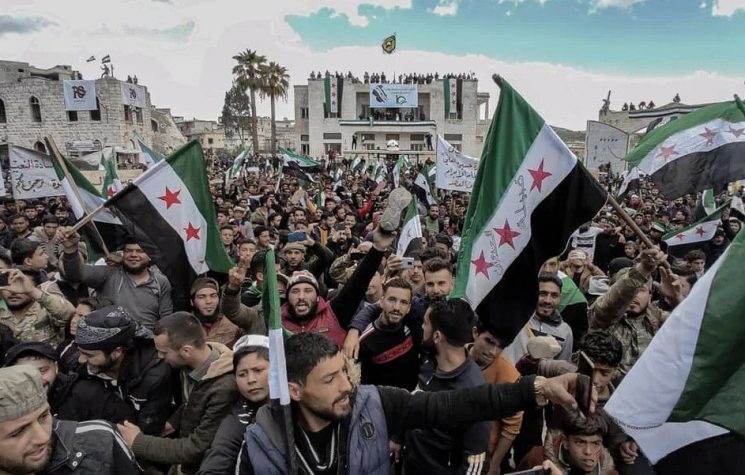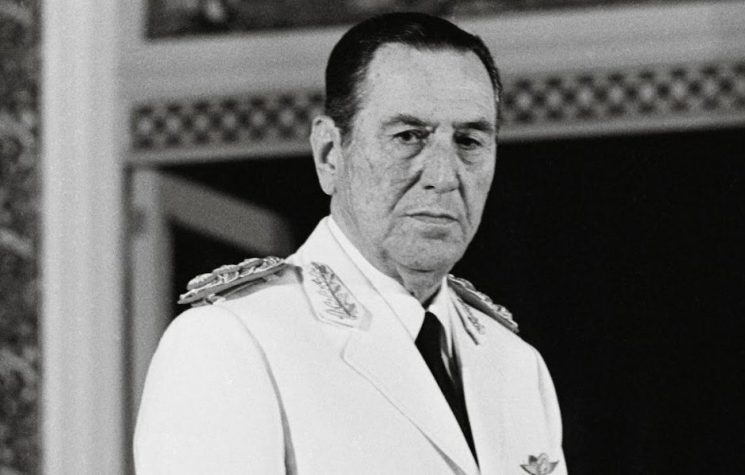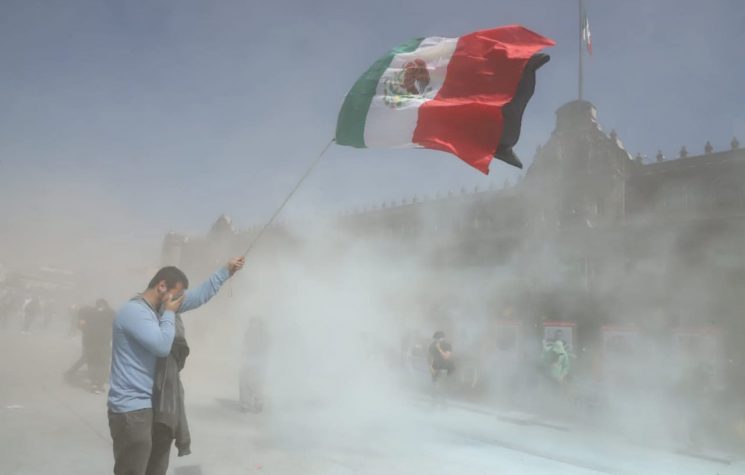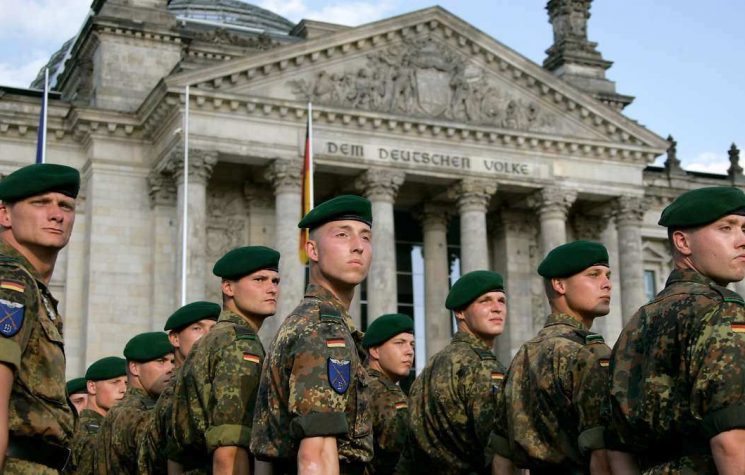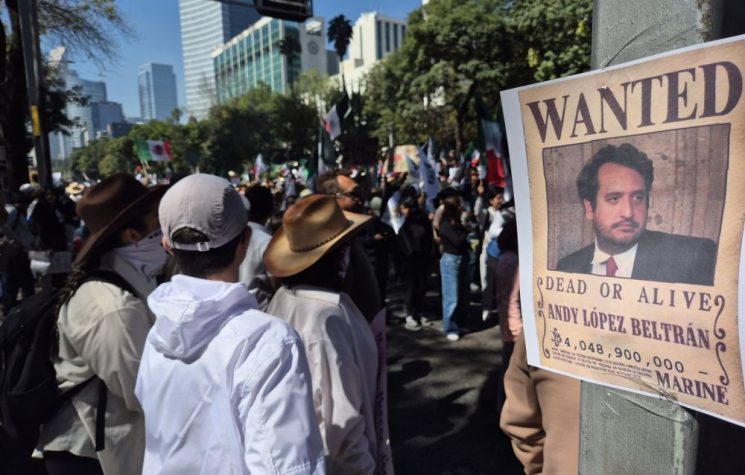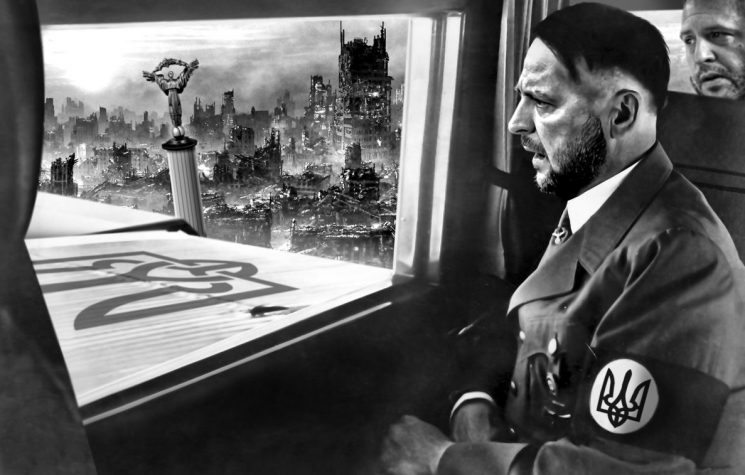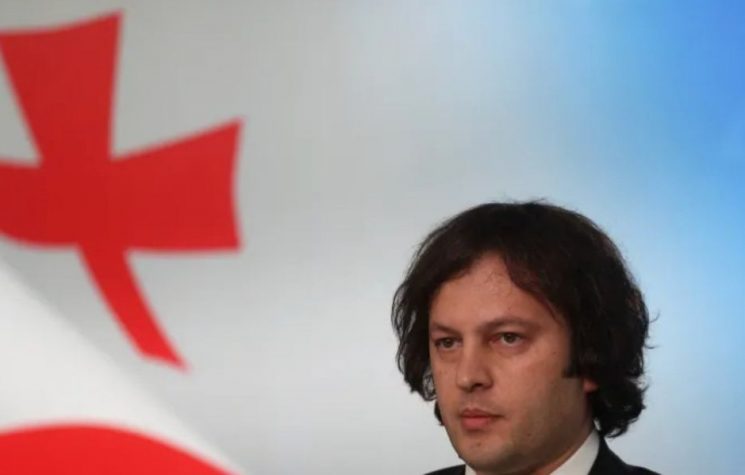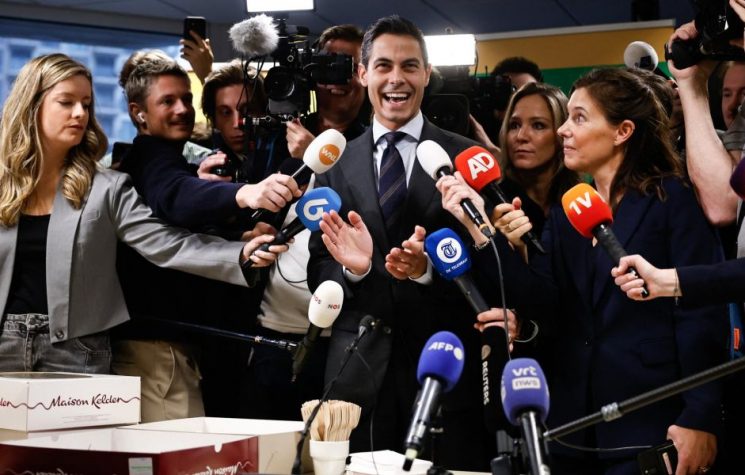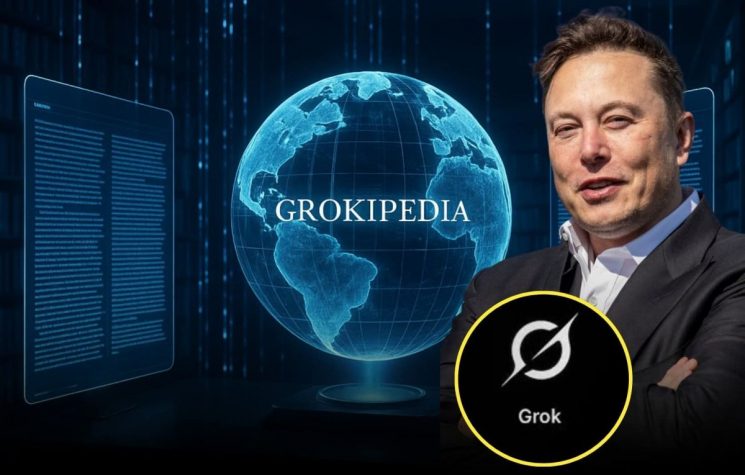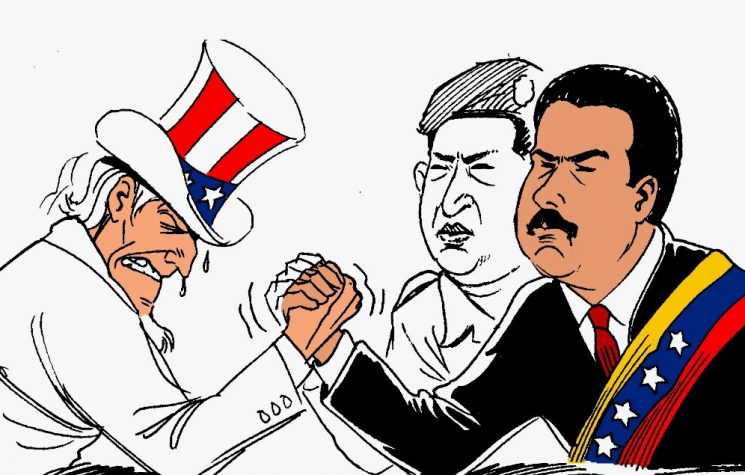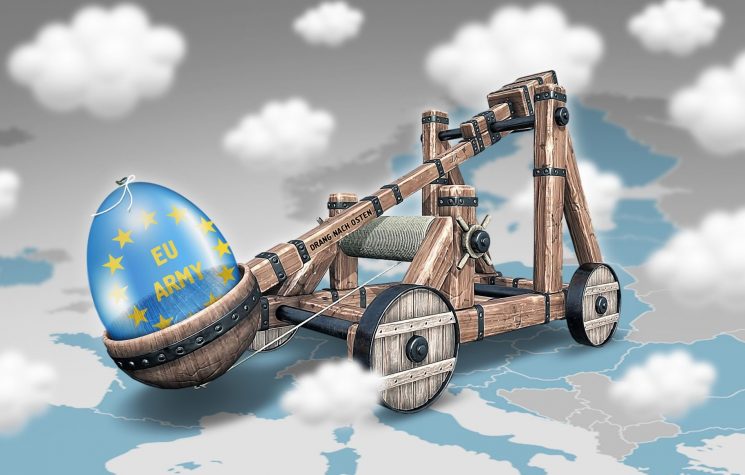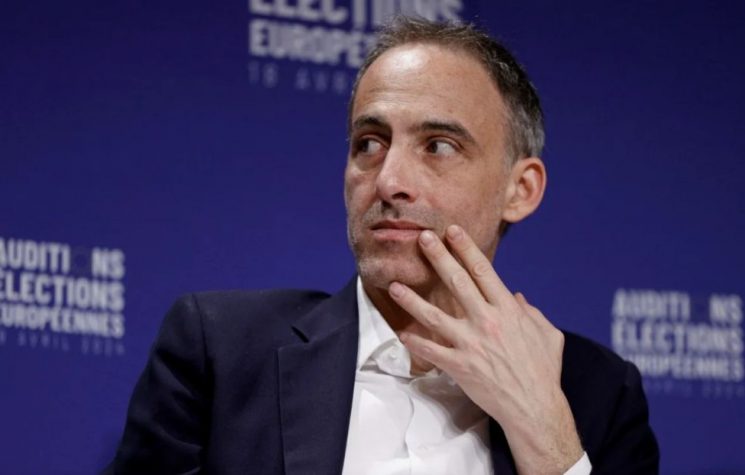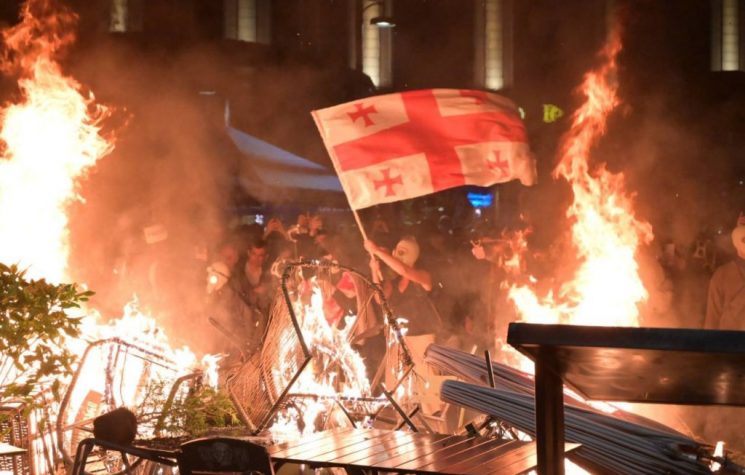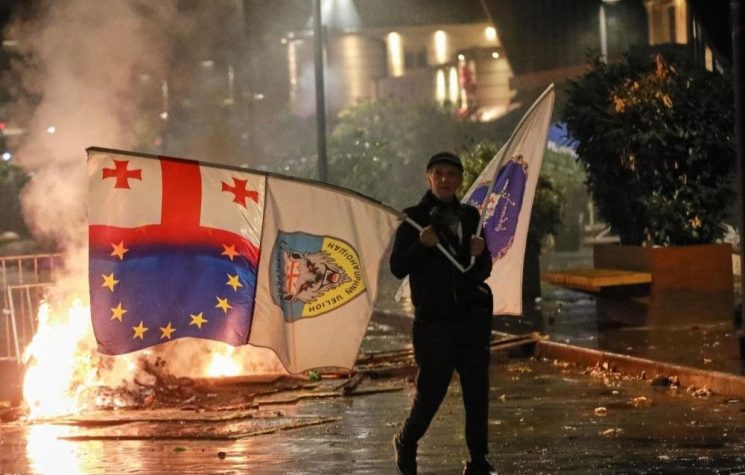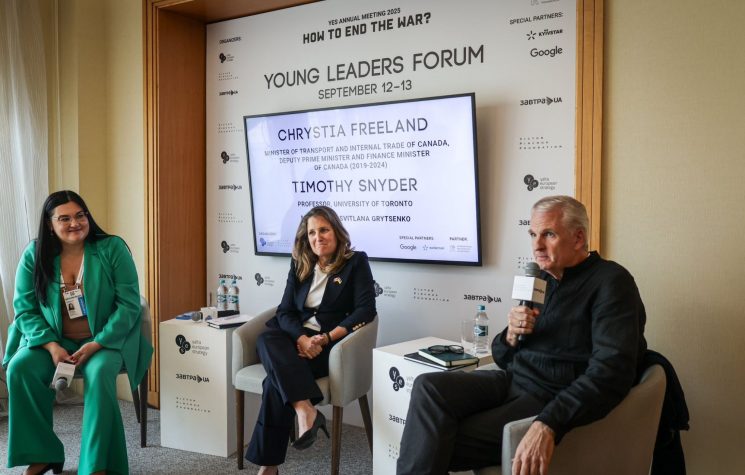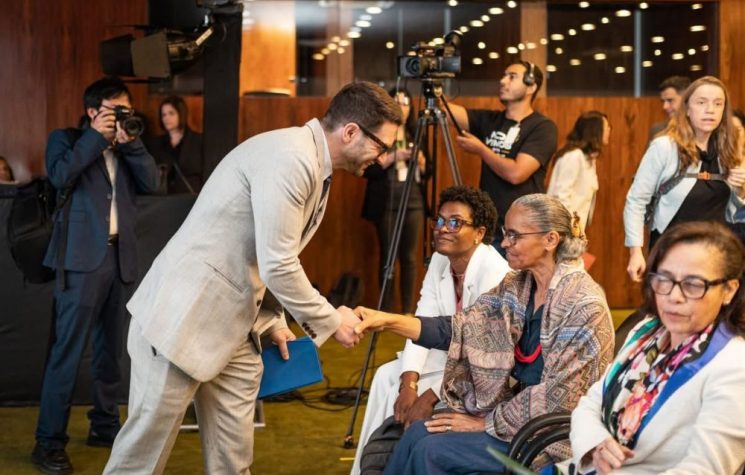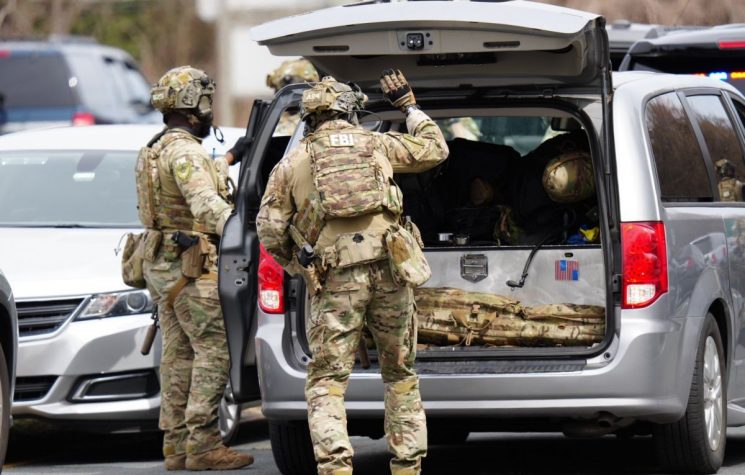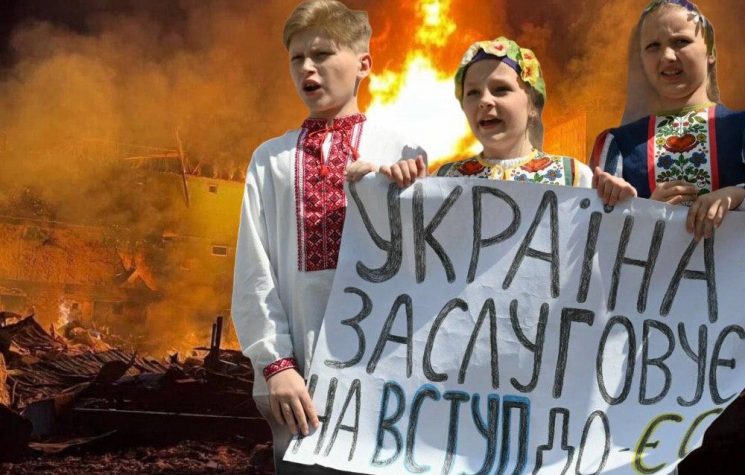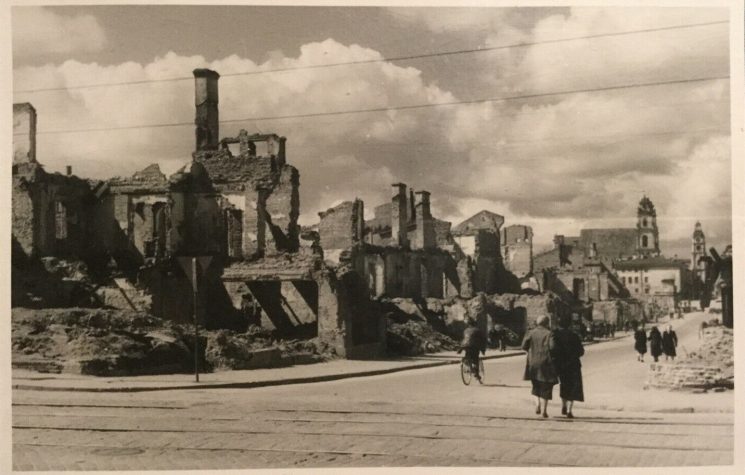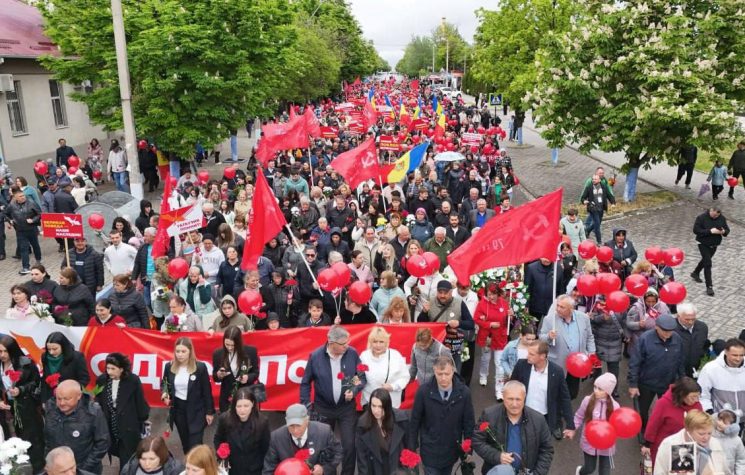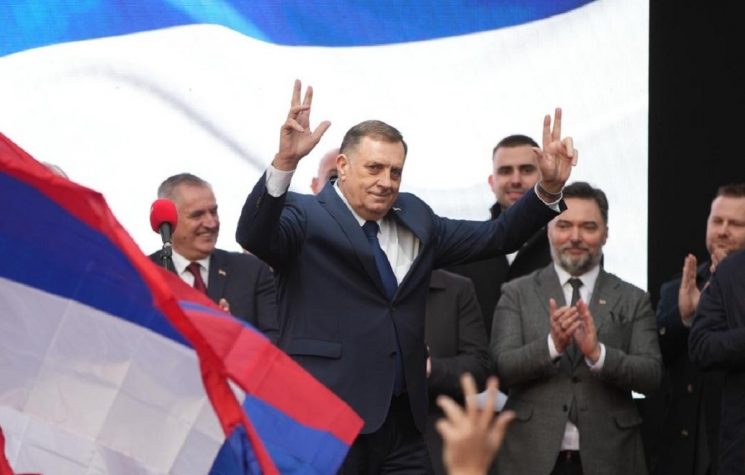Without a distancing from the causes of the conflict, no peace can ever be lasting, because the West will still try to subvert the Eurasian order.
Contact us: info@strategic-culture.su
Three years after the start of the Special Military Operation in Ukraine, it is necessary to retrace some stages of the nationalist evolution of Ukraine, an element that still continues to play a central role in the propaganda of the conflict.
After Maidan, another Ukraine
Maidan, year 2014. After that tragedy, the influence of the far right in Ukraine increased enormously in the construction of national identity and in the acquisition of political power. The new government in Kiev initially tried to counteract their influence, but both Poroshenko and Zelensky ended up aligning themselves with them. Subsequently, several streets were renamed in honor of the Nazi collaborator Stepan Bandera, while Kiev began to “rehabilitate Nazi collaborators at the state level”. Western media acknowledged that Ukraine had a problem with the rise of neo-Nazi and far-right groups. Svoboda had previously been condemned by the EU as a “racist, anti-Semitic and xenophobic” party.
However, during the Maidan uprising, U.S. Senator John McCain expressed solidarity with the revolution alongside Svoboda leader Oleh Tyahnybok, who had already taken a stand against “the Jewish-Muscovite mafia that rules Ukraine” and “the Muscovites, the Germans, the Jews and other scum who want to take the Ukrainian state away from us”. Pravi Sektor used the OUN’s red and black flags in a similar way. Azov openly adopted two combined symbols of Nazi Germany as its official emblem: the wolf angel and the black sun. As reported by Foreign Policy in March 2014, shortly after the coup: “The inconvenient reality is that a significant portion of the current government in Kiev – and the protesters who brought it to power – are, in fact, fascists.” The name of the paramilitary group C14 recalls the 14 words coined by the American white supremacist David Lane: “We must ensure the existence of our people and a future for white children”. On February 5, 2022, less than three weeks before the Russian invasion, C14 leader Yevhan Karas declared that the nationalists had been the decisive force on Maidan. According to Karas, although they were a numerical minority among the protesters, they dominated in terms of efficiency and influence: “without the nationalists, everything would have turned into a gay parade”. Karas also said that the West had not supplied weapons to help the Ukrainians, but because “we started a war” that pursued Western objectives. The nationalists gained Western support thanks to their determination: “because we like it, we like to kill and we like to fight”.
The far right became a strategic ally for Kiev and NATO. Motivated to wage war, well-trained and ideologically opposed to any compromise with Russia, these groups represented a useful resource. During the Cold War, the United States cultivated relations with Ukrainian fascists, considering them reliable anti-communists and anti-Russians. After Maidan, the far right strongly opposed the Minsk agreements and rejected any concessions to Donbass or Moscow. For Washington, it represented a powerful veto against any government in Kiev inclined towards reconciliation with Russia. In Washington there was a debate on how to handle the Ukrainian situation, as it was recognized that the far right was unpredictable and difficult to control. Obama expressed concerns about sending weapons to Ukraine, fearing they could “end up in the hands of criminals” and the conflict could escalate. Senior Pentagon official Derek Chollet confirmed an internal struggle in Washington, as “almost every summit was in favor of something the President was opposed to.” Despite this, the United States began selling arms and training Ukrainian soldiers in 2014, while the CIA launched a secret program in 2015 to train Ukrainian paramilitaries “to kill Russians”.
Although the program had been created under Obama, it was intensified by Trump. U.S. General Joseph E. Hilbert later suggested that Russia was wrong not to intervene earlier: “The worst mistake the Russians made was to allow us eight years to prepare.” The uprising in Donbass after the coup further strengthened the far right. In 2014, the Ukrainian army was in a precarious state and many soldiers deserted when asked to fight against their own countrymen in Donbass. When Russia reannexed Crimea and supported the rebellion, the Azov Regiment and other fascist groups gained more influence, becoming key instruments in the war against Donbass. The Azov Regiment was officially integrated into the Ukrainian National Guard in November 2014, which led to the appearance of Nazi insignia on the official uniforms of the Ukrainian armed forces.
In 2015, the U.S. Congress recognized Azov as a Nazi organization and banned American military assistance to the group. However, in 2016 Congress lifted the funding ban. The fascists had proven to be effective fighters, gaining political relevance and serving as a block against any attempt at reconciliation with Donbass and Russia. Over the next three years, the U.S. Congress repeatedly included a ban on funding Azov in its budgets, but each year the provision was removed. It was only in 2018 that the ban was maintained, and Democratic Congressman Ro Khanna proudly declared that “white supremacy and neo-Nazism are unacceptable and have no place in our world”. “The Azov Battalion has actively recruited foreign fighters motivated by white supremacist and neo-Nazi ideologies, including numerous Westerners, to train, indoctrinate, and instruct them in irregular warfare.” Washington has voted against the UN resolution “against the glorification of Nazism” every year since 2013, in order to protect Western Ukrainians who exalted Hitler’s collaborators as freedom fighters. In November 2021, the United States and Ukraine were the only two countries in the world to oppose the resolution against the glorification of Nazism.
Washington claimed that the resolution was just Russian propaganda aimed at discrediting the Ukrainian independence movement.
For nationalists, war is worth more than peace
After the coup d’état in February 2014, the democratic façade continued with elections, even though any elected Ukrainian leader would have had to adapt to the reality of where the power really lay. The alliance with the nationalists provided Kiev with a strong ally against a powerful adversary, but at the same time made peace with the Donbass and Russia impossible. Washington, despite criticizing the Minsk-2 agreement, found reliable partners in the nationalists. As Professor John Mearsheimer rightly observed: “The Americans will side with the Ukrainian right. Because both the Americans and the Ukrainian right do not want Zelensky to make a deal with the Russians that makes it look like Moscow has won.”
President Petro Poroshenko has unexpectedly transformed from an opponent of Ukrainian nationalism to its main supporter. Zelensky ran on a platform that warned against dividing the country through ethnic hatred of Ukrainians and Russians. However, as predicted by the Ukrainian Minister of Transport, Zelensky would have moved closer to the far right: “Every new Ukrainian president begins his term believing he can establish a dialogue with Moscow and play the role of peacemaker, but he always ends up becoming a follower of Bandera and fighting the Russian Federation”.
The Minsk-2 agreement of February 2015, which provided for the autonomy of the Donbass, was opposed by extremist nationalists, who were against any peace negotiations. In August 2015, the BBC reported that a clear parliamentary majority had approved in first reading the law on decentralization to grant more autonomy to the Donbass. This triggered a violent reaction from the far right: “Protesters, led by the Radical Party and the ultranationalist group Svoboda, who oppose any concessions to the Moscow-backed separatists, clashed with riot police, killing one member of the National Guard and injuring more than 100.”
Poroshenko then began to abandon the attempt to implement the Minsk-2 agreement. A similar scenario was repeated in August 2021, when Zelensky considered the Steinmeier formula to end the conflict, provoking clashes with far-right groups in front of the presidential office. Zelensky had won the election in April 2019 promising to bring back peace, with a mandate to start talks with Donbass, restore normal relations with Moscow and implement Minsk-2. With 73% of the vote, he had overwhelming support for resolving the conflict. After his victory he declared: “There will be changes in personnel. In any case, we will continue with the Minsk talks and work towards a ceasefire”.
However, the nationalists and the United States had by now acquired strong political control over Kiev. In 2020, paramilitary militias in Ukraine numbered about 102,000 men, 40% of the entire Ukrainian army. These groups, largely composed of western Ukrainian nationalists, were armed and trained by western powers. As a result, nationalists and NATO have increased their influence on political decisions in Kiev. The Combating Terrorism Center at West Point analyzed the collaboration between Ukrainian fascist groups and U.S. right-wing extremists: “These groups opposed any negotiations with Russia and played a leading role in a demonstration in Kiev in the fall of 2019 to protest the concessions proposed by Zelensky.”
The far right has sabotaged Zelensky’s peace mandate with the “no capitulation” campaign, painting Minsk-2 as a betrayal. On October 6, 2019, about 10,000 people demonstrated in Kiev against Zelensky’s peace plan, calling it a “surrender.” Nationalist groups refused to withdraw heavy weapons from the town of Zolote, in line with the disengagement plan. Zelensky went to the site to reassert his authority, but the nationalist soldiers refused his order and one of them threatened to protest if he insisted. Unsuccessfully, Zelensky said: “I am the president. I am 41 years old. I am not a loser. I asked you to lay down your arms.” The humiliating encounter was recorded and the video went viral, revealing Zelensky’s limited power over the far right.
After the video, Zelensky received threats. Scholar Stephen Cohen stated in 2019 that Zelensky could not negotiate with Putin because of threats of violence from nationalists: “They said they would remove and kill Zelensky if he continued the negotiations.” Cohen added that the United States had a veto over Kiev and that Zelensky could not deal with Moscow without their support. Without the support of the White House, his diplomacy was doomed to failure. Washington did not support his peace mandate, forcing Kiev to return to a tougher stance. Unable to control the far right in the army, Zelensky was forced to align himself with the nationalists.
Sofia Fedyna, a Ukrainian parliamentarian, openly threatened Zelensky: “The President thinks he is immortal. A grenade could explode by accident while he is visiting the front line”. Andriy Biletsky, head of the Azov Battalion, warned Zelensky that an attempt to remove them would provoke a mass reaction. He was not punished and in 2023 Zelensky posted a photo with Biletsky on Telegram. Biletsky had stated in the past: “The historic mission of our nation is to lead the White Races in the final crusade against the Untermenschen led by the Semites.”
Dmitri Yarosh, leader of Pravi Sector, issued another warning in May 2019: “If Zelensky betrays Ukraine, he will be hanged on [Khreshchatyk avenue]”. Yarosh was not arrested, but promoted to advisor to the Commander-in-Chief of the Armed Forces in 2021. In the same year, Zelensky awarded the title of Hero of Ukraine to Dmytro Kotsyubaylo, leader of Pravi Sektor.
Zelensky’s peace initiative lasted until 2020, led by Sergei Sivokho, his friend and former colleague. But 70 nationalists interrupted the presentation of the initiative, attacking Sivokho and accusing him of treason. Two weeks later, Sivokho was removed. Western media downplayed the growing influence of the far right, arguing that Zelensky’s Jewish background disproved accusations of ties to fascists. However, Zelensky had to adapt to the reality of power. Washington helped rewrite history, presenting Stepan Bandera as a hero of freedom. After the Russian invasion of 2022, even Western leaders revived the fascist motto “Slava Ukraini” to support Ukraine.
How much more is there to learn?
It is difficult to make a “final” comment. The conflict is not yet over and the outcomes of this long and complex process of ultra-nationalist transformation of Ukraine are not yet clear.
Denazification is certainly a fundamental step, for some logical reasons:
– The nationalist ideology did not stand the test of time, not only militarily but, above all, politically. The nationalist spirit led Ukraine to fight a senseless war, based on a historically inconsistent mystification, which was only convenient for the Western elites.
– Militarily, the defeat will be so severe that the defeated will not be able to sit at the negotiating table. The USA has already taken care of this, and under President Trump they have finally revealed to the world what Putin had always said, namely that it was a war wanted by the Americans. Therefore, it will be the Americans who negotiate, not the Ukrainians.
– It is not possible to rebuild a social life in a context where ideological pollution is still present. A total purification from nationalist residues will be necessary, as well as an educational program that allows for the re-elaboration of the social trauma and the opening up to new perspectives.
Without a total distancing from one of the causes of the conflict, no peace can ever be lasting, because the West will still try to subvert the Eurasian order.
There is still much to learn and perhaps we are only seeing a small part of it for the moment. Ukraine is still being offered the possibility of a prosperous future within Mother Russia. On the other hand it will only find death, betrayal and destruction.
